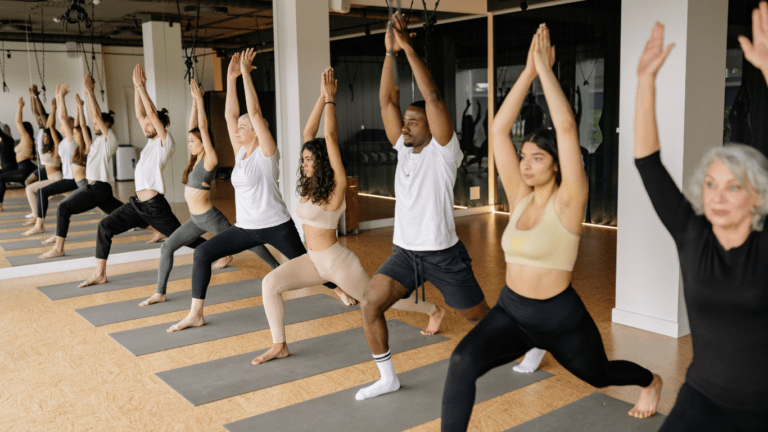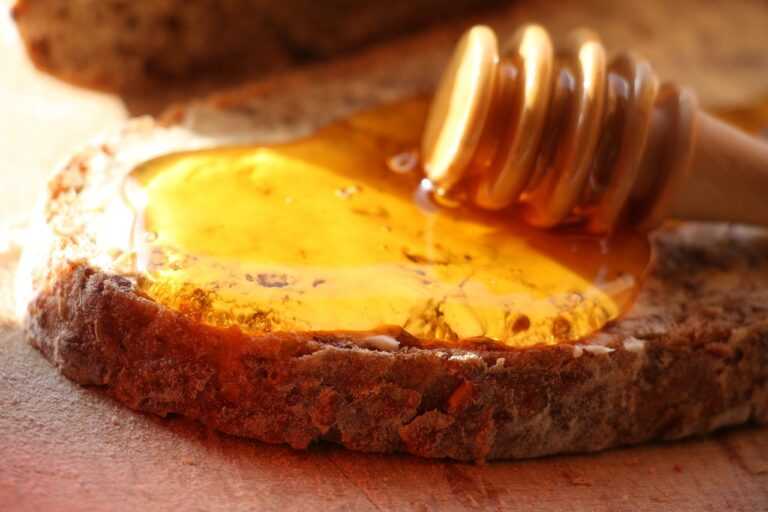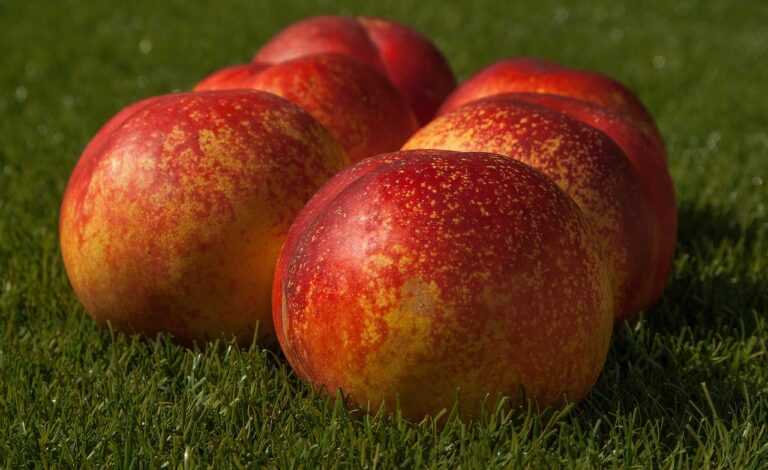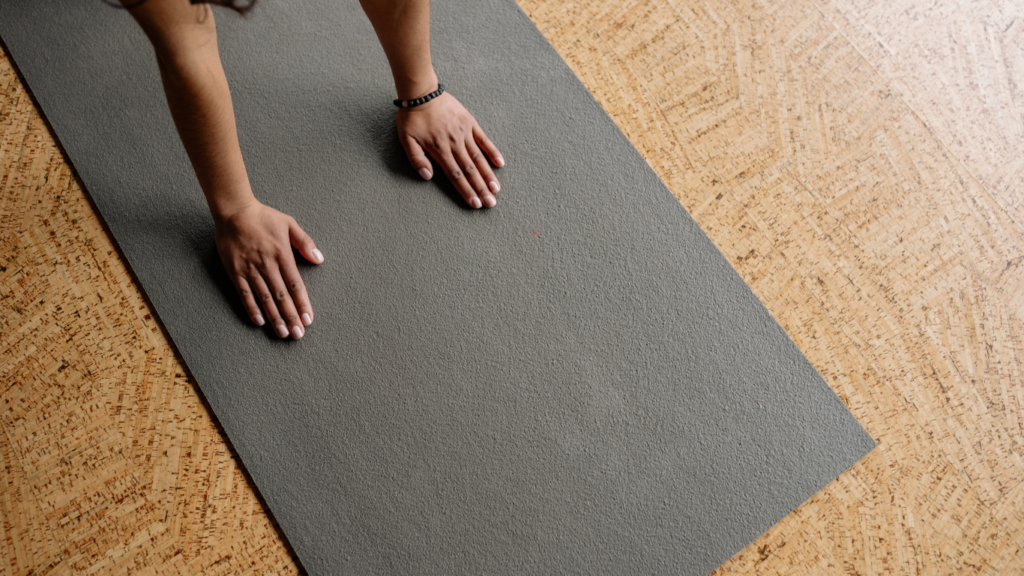Embarking on a yoga journey is not just about the poses; it’s also about finding the right support beneath you. As a seasoned yogi, I understand the importance of selecting the perfect yoga mat for a fulfilling practice.
The ideal mat is not just a surface; it’s your sanctuary, your foundation for growth and peace. In this article, I’ll guide you through the essential factors to consider when choosing a yoga mat that suits your practice.
From material and thickness to stickiness and sustainability, each aspect plays a crucial role in enhancing your yoga experience. Whether you’re a beginner seeking comfort or an experienced practitioner craving stability, finding the perfect yoga mat is a personal journey that I’m here to assist you with.
Factors to Consider When Choosing a Yoga Mat
When selecting a yoga mat, several key factors can significantly impact your practice. Let’s delve into essential considerations to help you make an informed decision.
Thickness and Cushioning
Opt for a yoga mat that offers adequate thickness and cushioning. A thicker mat, typically around 1/8 to 1/4 inch, provides more support for your joints and enhances comfort during poses.
Consider the type of practice you engage in; for example, gentle yoga may require less cushioning compared to intense vinyasa flow sessions. Finding the right balance of thickness and cushioning is crucial for a pleasant practice experience.
Material and Texture
The material and texture of your yoga mat can influence your practice in various ways. Opt for materials like natural rubber, PVC, TPE, or cork based on your preferences for eco-friendliness, durability, and grip. The texture of the mat affects traction and comfort, with options ranging from smooth to textured surfaces.
Choose a material and texture combination that aligns with your comfort needs and environmental values to enhance your overall yoga experience.
Different Types of Yoga Mats
When considering PVC mats, I prioritize durability and affordability. PVC, or polyvinyl chloride, mats are known for their longevity and cost-effectiveness, making them suitable for those on a budget or looking for a long-lasting option.
While PVC mats may lack the eco-friendliness of natural rubber or cork, they excel in providing a stable surface for various yoga practices.
PVC Mat Features
- Durability: PVC mats are resilient and can withstand regular use without losing their shape or grip, making them ideal for vigorous yoga sessions or hot yoga practices.
- Affordability: PVC mats are often more budget-friendly compared to natural rubber or eco-friendly alternatives, offering a cost-effective option for practitioners at any level.
- Non-Slip Surface: The PVC material provides a non-slip surface that helps prevent hands and feet from sliding during poses, enhancing stability and focus during practice.
- Easy Maintenance: PVC mats are easy to clean and maintain, requiring simple wiping with a damp cloth or a gentle yoga mat cleaner to keep them in good condition.
- Wide Variety: PVC mats come in a wide range of thicknesses, colors, and designs, allowing practitioners to choose a mat that suits their preferences and style.
While PVC mats offer durability and affordability, it’s essential to consider potential drawbacks such as environmental impact and off-gassing odors. Practitioners concerned about sustainability may opt for PVC mats with eco-friendly certifications or explore alternative materials like natural rubber or cork.
By understanding the features and considerations of PVC mats, practitioners can make an informed decision based on their preferences, budget, and environmental values.
Maintenance Tips for Yoga Mats
After choosing the perfect yoga mat for your practice, it’s crucial to maintain it properly to ensure its longevity and performance. Here are some essential maintenance tips to keep your yoga mat in top condition.
Regular Cleaning Routine
Clean your yoga mat after every practice session to remove sweat, dirt, and bacteria buildup. Use a gentle yoga mat cleaner or a solution of water and mild soap. Avoid harsh chemicals that can degrade the material of the mat.
Proper Storage
Roll your yoga mat with the top side (the side you practice on) facing outwards to prevent curling edges. Store your mat in a cool, dry place away from direct sunlight to prevent fading and damage. Consider using a yoga mat bag or strap for easy transportation and storage.
Air Drying
After cleaning, allow your yoga mat to air dry completely before rolling it up. Avoid direct sunlight or heat sources that can damage the material of the mat. Hang your mat over a shower rod or lay it flat on a towel to dry evenly.
Deep Cleaning
Occasionally deep clean your yoga mat to remove deep-seated dirt and odors. Use a natural cleaning solution like a mixture of water, vinegar, and essential oils for a thorough cleanse. Follow the manufacturer’s guidelines for deep cleaning specific mat materials.
Avoid Moisture Buildup
Prevent moisture buildup by wiping down your mat with a dry cloth after cleaning. Allow your mat to air out regularly to prevent mold and mildew growth. Avoid storing your mat in damp or humid conditions.
By following these maintenance tips, you can prolong the life of your yoga mat and ensure a hygienic practice environment. Regular care and cleaning will not only extend the durability of your mat but also enhance your overall yoga experience.
















































































 Margie Barron brought her expertise in health communication to the development of Toe Back Fitness, ensuring that the platform delivers practical, easy-to-understand fitness advice. With a focus on making wellness accessible to everyone, Barron curated content that promotes healthy habits and sustainable routines. Her attention to detail and passion for empowering users through informative articles have been instrumental in shaping the platform’s voice and relevance.
Margie Barron brought her expertise in health communication to the development of Toe Back Fitness, ensuring that the platform delivers practical, easy-to-understand fitness advice. With a focus on making wellness accessible to everyone, Barron curated content that promotes healthy habits and sustainable routines. Her attention to detail and passion for empowering users through informative articles have been instrumental in shaping the platform’s voice and relevance.